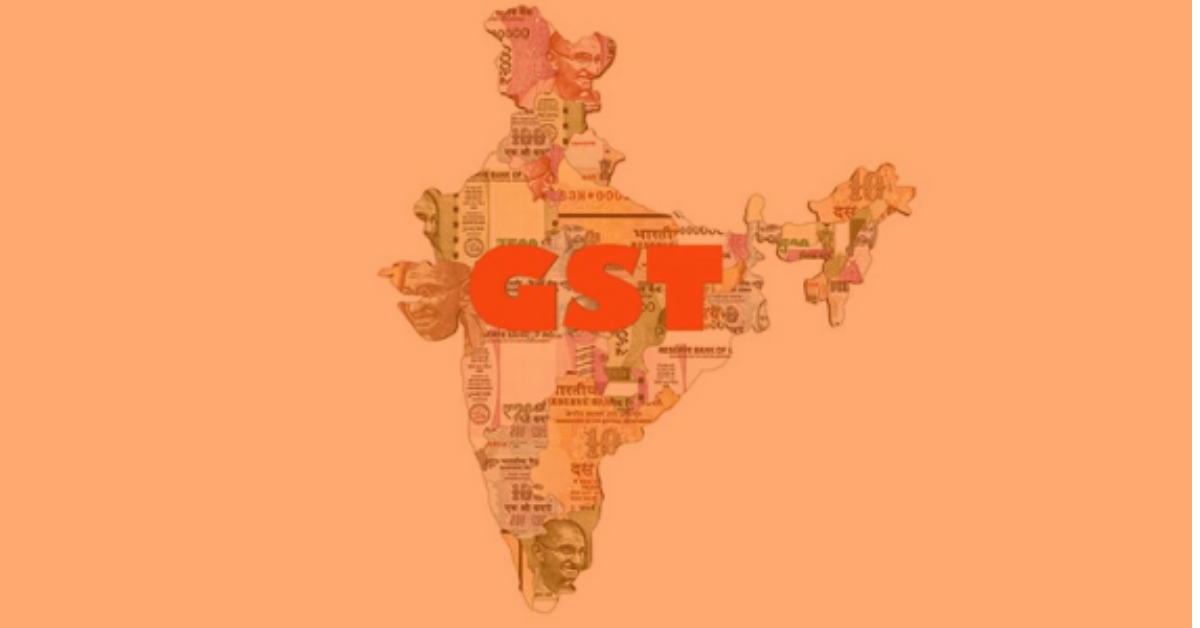
New GST returns vs old GST returns
The New Simplified GST returns system is going to be rolled out in October 2020, and this means businesses will need to adapt to the new system soon. A number of taxpayers wish to know how these new return systems will help make the filing of the Goods and Services Tax easier. Here is a detailed analysis.
Classification of taxpayers
Under the Goods and Services Tax, taxpayers are classified as small or large depending on their business turnover in the preceding financial year. Under the current GST return forms, taxpayers having a turnover up to Rs.1.5 crore in the preceding financial year will be considered as small taxpayers. This slab is being raised under the GST new returns system. Under this new system, taxpayers having an annual turnover up to Rs. 5 crores will be considered as small taxpayers. Any turnover above this amount will now be classified under large taxpayers.
No more multiple forms
Under the current GST filing system, taxpayers are required to file a number of forms that can be cumbersome and has proven to lead to the erroneous filing. Depending on the taxpayer category, taxpayers are expected to file GSTR-1, GSTR-4, GSTR-5, GSTR-6, GSTR-7 etc. But this will not be the case under the GST New Returns System. Under the simplified new system, taxpayers will be required to file a simplified main return form viz. GST RET-1 containing two annexures GST ANX-1 and GST ANX-2.
Real-time upload of revenue invoices
Under the current system, taxpayers can only upload revenue invoices at the time of filing - leaving them scrambling around for documents on the date of filing. The new returns system has addressed and resolved this issue. The Government will be introducing a mechanism for uploading revenue invoices on a real-time basis under the GST New Returns System.
Stringent measures to curb fraudulent claims of ITC
Since the introduction of the Goods and Services Tax in 2017, India has witnessed fraudulent claims on input tax credit worth thousands of crores. This is mainly because taxpayers could claim the input tax credit on a self-declaration basis. The New Returns System does not allow for a system where dishonest taxpayers can commit tax fraud. Once the New Returns System is introduced, the input tax credit will be claimed based on invoices uploaded by the supplier.
Filing an amendment return now possible
It is common for invoices and paperwork to be misfiled, and as a result, any missing invoices or amendments that needed to be filed after the submission of the taxpayer’s returns could only be made in the return of the following tax period. This means any ITC claims would have to wait for the following return for processing. But under the New Returns System, taxpayers can simply file an amendment return and submit missing invoices or make amendments to their previously submitted return - this will help reduce the turnaround time on the processing of input tax credit claims.
Auto cancellation of registration
Under the current return system, taxpayers are required to file their GST returns until their registration has been cancelled. This applies even if the taxpayer has made an application for cancellation of registration. This will not be the case once the New Returns System is introduced. Once the taxpayer makes an application for cancellation of registration, their GST account will automatically be suspended.
To help taxpayers understand and experience the difference between the current and the upcoming returns system, the Goods and Services Tax Network has introduced an Offline Tool. This is an interactive, web-based prototype of the New Return System and allows the taxpayer to navigate across different pages of the new system, giving them first-hand experience and sets their expectations of what is in store in 2020.
To help you understand the new GST returns, we have broken down the system in a few essential topics, each answering the most critical questions around the New Returns under GST.
- GST 2.0 - Introduction to New GST Returns
- What to file under new GST returns system
- Features of the new GST returns system
- Changes under the new GST returns system
- Uploading invoices under the new GST returns system
- New GST Return Offline Tool
- Timeline for New GST Return
Prepare your business for e-invoicing under GST
Discover how to meet all compliance requirements while integrating e-invoicing into your tax function.

Stay up to date
Sign up for our free newsletter and stay up to date with the latest tax news.




